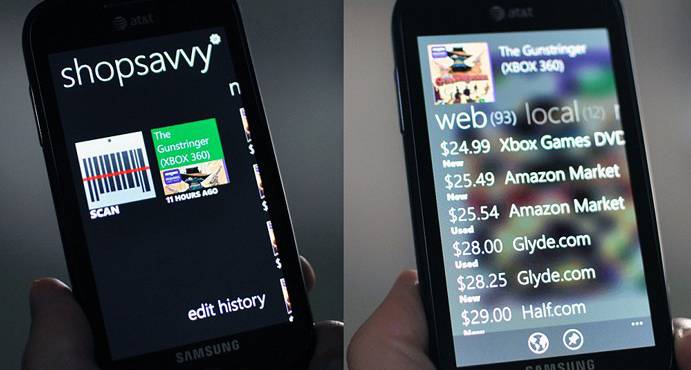Dinosaurs of the Retail Ecosystem
Smartphones and e-commerce have changed the dynamics of bricks-and-mortar retailing. For professor Ron Adner, it’s an object lesson in reacting to innovation.

Smartphones and e-commerce have changed the dynamics of bricks-and-mortar retailing. For professor Ron Adner, it’s an object lesson in reacting to innovation.
Stores like Target and Best Buy used to be places where people went to buy things. Increasingly, they’re becoming petting zoos for products that shoppers then go buy online at lower cost.
The phenomenon is known as “showrooming,” and it’s got the big box retailers a little worried. Back in January, for example, Target’s CEO Gregg Steinhafel sent a letter to its vendors to drum up solutions. Could they create special products that would only be available in physical stores? Would they help Target match competitors’ prices? In any event, the message was clear: “What we aren’t willing to do is let online-only retailers use our brick-and-mortar stores as a showroom for their products and undercut our prices without making investments, as we do, to proudly display your brands,” Steinhafel wrote.
Retailers have long collaborated with vendors to display and market their products, says Ron Adner, an associate professor of business administration and the author of the new book, “The Wide Lens: A New Strategy for Innovation.” Even today, bookstores make deals with publishers to put their books on tables in the front of the store, and end-caps are in effect rented out to suppliers in Walmart stores. The practice is an embodiment of the first rule of retailing: the more visible a product is, the more it will sell.
But that rule, says Adner, who specializes in innovation ecosystems, is based on a fairly simple and outdated “adoption chain,” or the string of collaborations that must take place for a vendor to reach the end customer. Before online retailing, the adoption chain consisted of innovators, distributors, physical retailers, and end customers. These days, with Amazon.com and other online retailers, it’s more complicated. “Now you’ve got multiple outlets to the end customer,” Adner explains, “and the emergence of mobile phones as a transaction platform has blurred the segmentation between physical sales and online sales.”
What he’s talking about is the practice, now popular, of using a smartphone—either through an app like RedLaser or Amazon’s PriceCheck—while in a store to compare prices to those online and buy. Last fall, Amazon even offered customers a 5 percent discount if they used the app while out shopping and bought the item from Amazon within 24 hours. Online retailers can make those offers, and sell at lower prices, because their overhead is much lower and they often don’t collect sales tax.
“The crux of the issue,” Adner says, “is that the suppliers are fine and the online retailers are fine; it’s just the physical retailers that are hurting. The long-term threat is that physical retailers start disappearing and then there’s no marketing platform and everyone loses.”
The question for bricks-and-mortar stores is how to stay relevant and competitive in the new ecosystem. It could mean collaborating more substantively with vendors, as Target is suggesting, or it could mean changing the old business model of retailing, something that Best Buy, which posted a $1.7-billion quarterly loss, is trying with its plans for “connected stores” that emphasize tech support. Adner and Daniel C. Snow wrote about this in their 2010 Harvard Business Review article, “Bold Retreat: A New Strategy for Old Technologies,” which discussed how companies can find a safe space to operate when innovation recasts their market. There are two types of bold retreat, they wrote: retrenchment to a niche of the traditional market, and relocation to a new market.
Retrenchment might be the only path for retailers fighting the online outlets, Adner says. Although people will grow accustomed to buying generic, commodity-like products online, they will still buy unique and specialized products in person. Local boutiques, for instance, provide a rich shopping experience that just can’t be replicated online.
For big box stores, however, the endgame is less clear. “It could be a move to a higher profit, lower revenue basis,” Adner offers. “But whatever happens, you can expect volumes to shrink at physical retailers. It’s going to become an even more competitive industry, and a market that’s based on scale economies is going to be even harder to succeed in.”